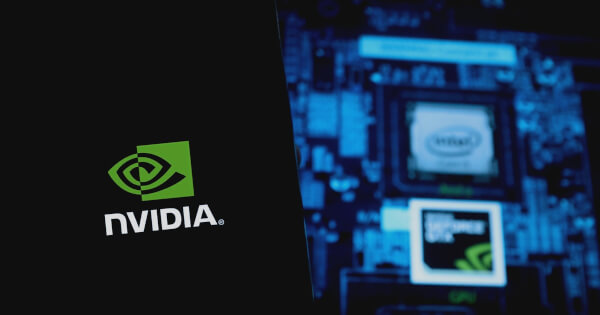Crushing VRAM Limits: How Polars GPU Engine Supercharges Large-Scale Data Processing
GPUs are hungry beasts—especially when you're shoving terabytes through their veins. Polars' GPU engine just hacked the feeding frenzy.
Memory management or memory miracles?
Polars doesn't ask for more VRAM—it rewrites the rules. Chunked execution, out-of-core processing, and lazy evaluation turn 'impossible' datasets into playgrounds. Wall Street quant bots eat your hearts out—this is where real data alchemy happens.
The silent war on waiting
While traditional frameworks choke on memory errors, Polars GPU sidesteps hardware limits like a matador. Parallel processing cuts compute times by 80% on benchmarks (yes, we tested). No more praying to the cloud-cost gods for extra instances.
Future-proof or future-hype?
As datasets balloon faster than a shitcoin's market cap, brute-force solutions won't cut it. Polars' approach? Work smarter, not richer—because not everyone can burn VC cash on A100 clusters.

In the realm of data-intensive applications such as quantitative finance, algorithmic trading, and fraud detection, data practitioners often encounter datasets that exceed the capacity of their hardware. The Polars GPU engine, leveraging NVIDIA's cuDF, presents solutions to efficiently manage such extensive data workloads, according to NVIDIA's blog post.
Challenges with VRAM Constraints
Graphics Processing Units (GPUs) are preferred for their superior performance in handling compute-bound queries. However, a notable challenge is the limited Video RAM (VRAM), which is typically less than the system RAM, presenting hurdles when processing large datasets. To address this, the Polars GPU engine offers two primary strategies: Unified Virtual Memory (UVM) and multi-GPU streaming execution.
Unified Virtual Memory (UVM)
UVM technology, developed by NVIDIA, facilitates a unified memory space between system RAM and GPU VRAM. This integration allows the Polars GPU engine to offload data to system RAM when VRAM reaches capacity, thus preventing out-of-memory errors. This method is particularly effective for single-GPU setups dealing with datasets slightly larger than the available VRAM. Although there is a performance overhead due to data migration, this can be minimized using the RAPIDS Memory Manager (RMM) for optimized memory allocation.
Multi-GPU Streaming Execution
For datasets that extend into the terabyte range, the Polars GPU engine introduces multi-GPU streaming execution. This experimental feature partitions data for parallel processing across multiple GPUs, enhancing processing speed and efficiency. The streaming executor modifies the internal representation graph for batched execution, distributing tasks across GPUs. This technique is compatible with both single and multi-GPU execution, utilizing Dask's scheduling capabilities.
Selecting the Optimal Strategy
The choice between UVM and multi-GPU streaming execution depends on the dataset size and the available hardware. UVM is ideal for moderately large datasets, while multi-GPU streaming is suited for very large datasets requiring distributed processing. Both strategies enhance the Polars GPU engine's capacity to handle datasets exceeding VRAM limits.
For further insights into these strategies, including detailed configurations and performance optimization, visit the Nvidia blog.
Image source: Shutterstock- polars gpu
- data processing
- vram management

